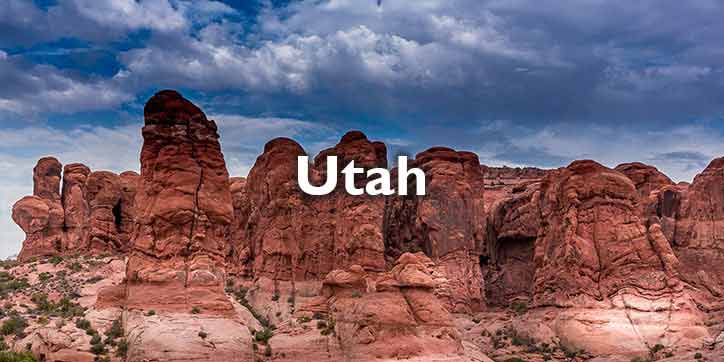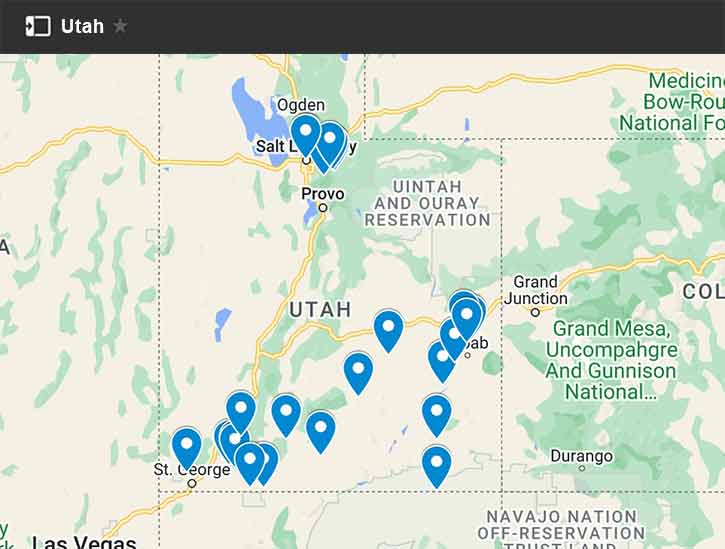Utah has everything from the most scenic national parks, mesmerizing lunar landscapes as well as numerous meditation pools. The “Mighty 5” popular national parks — Bryce Canyon, Zion, Capitol Reef, Canyonlands, and Arches— are the main highlight of Utah tourism. You’ll need some time to precisely observe and admire these natural masterpieces. Each park has its own style of unique sandstone formations, rust-colored arches, and famous hoodoos.
Utah has around 43 state parks, more than 10 ski resorts less than an hour from Salt Lake City International Airport, five national Parks, two recreational areas, and eight national monuments.
Interactive Map of 25 Things to Do in Utah
1. Zion National Park
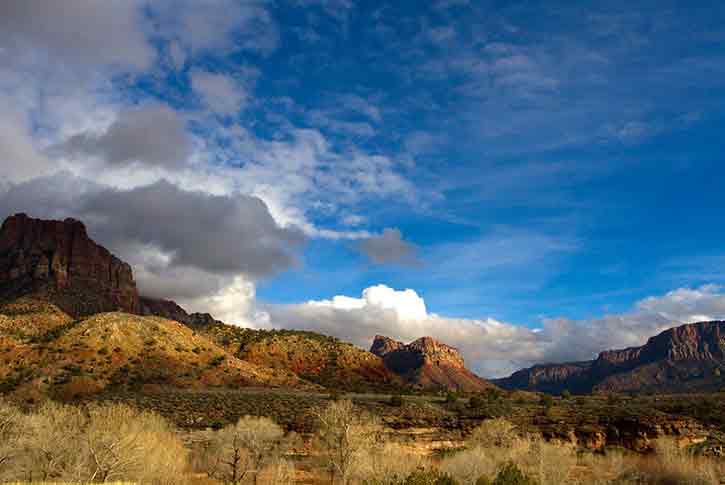
Zion National Park is especially famous among photographers for finding hidden gems to photograph that sets them apart from everyone else. It’s highly worth it to check out the Virgin River, which is super beautiful, while walking along with it, for diverse compositions that will unhitch the potential. It contributes striking contrast to the cliffs and red rocks that make Zion undisputedly attractive. Zion is magical any time of the year, especially in the winter months.
During this time of the year in this beautiful wonderland, there is an extra sparkle as the temperature drop, so do the crowds, and even though there is less light throughout the day, you can see and do more. Take in and photograph the sunrise; you have to wake up early and perch outside The Zion Human History Museum to witness the sun piercing through the clouds and how its great light explodes upon the scene.
2. Bryce Canyon National Park
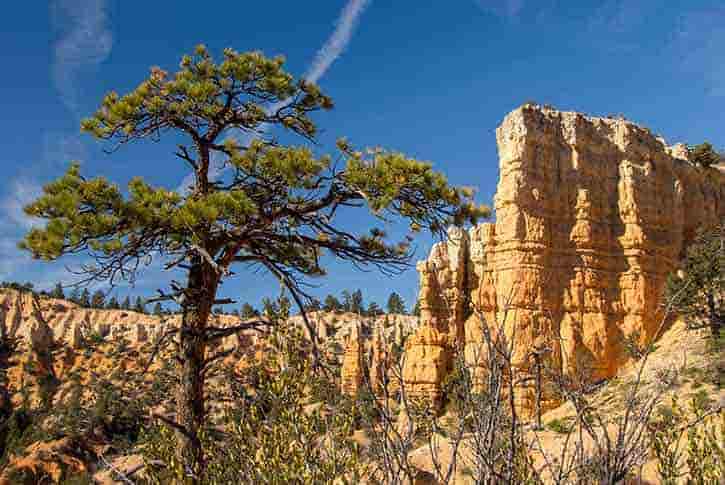
Bryce Canyon National Park looks just as beautiful in the summer as it does in the winter. It is full of wonders with all sorts of trails and certain parts that will take your breath away while hiking on the red rocks 10,000 ft above sea level. The area was named after Ebenezer Bryce and was settled in the 1850s by Mormon Pioneers.
In 1928 The Bryce Canyon and its region became a National Park and a National Monument in 1923. Due to its remote geographical location, it is still less visited than other Utah parks, covering 35,835 acres. In the Winters, the hoodoos get covered in snow, where you can have a great time doing cross-country skiing above the canyon rim.
3. Arches National Park
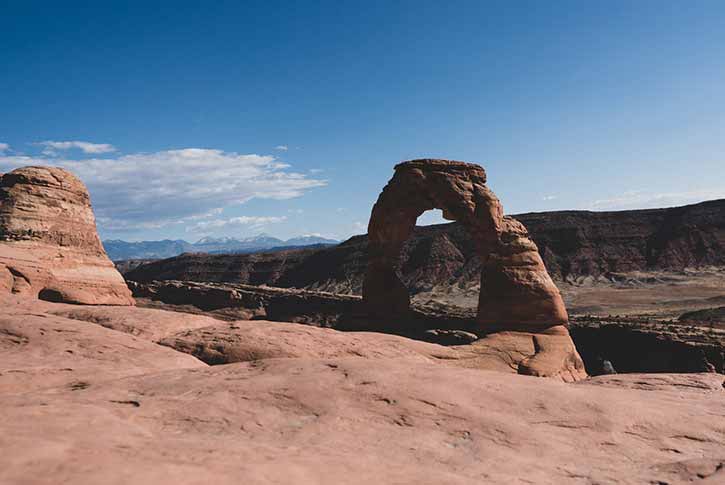
16m high arch of sandstone in the Arches National Park is the largest freestanding arch and featuring as one of the most geologically attractive in the world. It is fascinating that literally anywhere you stand, it’s a picturesque spot, and the red rocks and clear blue sky might feel dream-like, timeless, or even other-worldly.
This arch will greet you shortly after you enter the Arches, National Park. While standing on this location, you can look down on Park Avenue, a narrow valley with skyscrapers rock walls floor lined on both sides. Over the years, this Classic Arches National Park landscape and The southeast side of Utah from Moab to Monument Valley have become the backdrop of many western movies.
4. Canyonlands National Park

Canyonlands National Park is Utah’s biggest national park and contains some of the most remote lands in the continental US. This ‘Island in the Sky’ is a valley floor carved by the Colorado and Green rivers, a flat-topped and huge plateau with panoramic overlooks. Canyonlands National Park is home to beautifully carved out canyons, and it is worth getting up early to catch a glowing sunrise harboring on the red rocks.
Canyonlands National Park is settled in southeastern Utah near Moab and one of the largest national parks. The park’s diversity staggers the imagination and preserves a colorful landscape eroded into mesas, numerous canyons, and buttes. Surrounded by the Green River, the Colorado River, and their respective streams.
5. Capitol Reef National Park
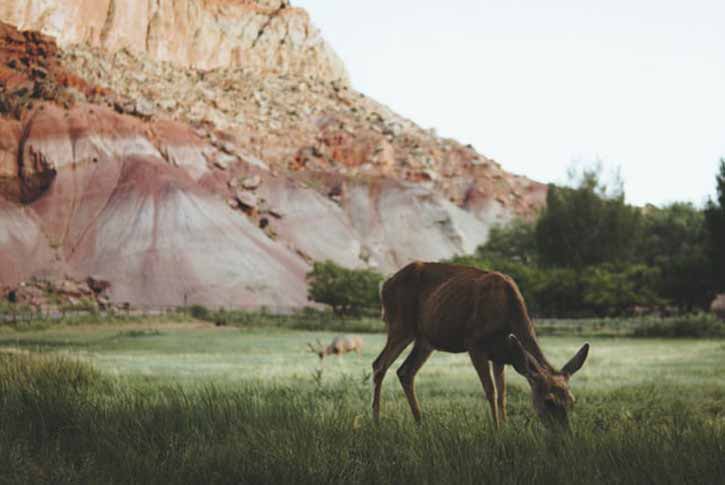
A less visited area deep in Capitol Reef National Park‘s heart off the beaten path is an enchanting place called Temple of the Sun and Moon. A drive down for the most adventurous souls consists of steep snowy and winding dirt roads.
Capitol Reef is also famous for its Waterpocket Fold, and The rocks all look like they are shifting up towards the sky. You can hike on the absolutely gorgeous Grand Wash Trail. This is an impressive and gorgeous park with absolutely fantastic hikes in the area. The Park seems to be less visited compared to other parks. There are even an orchard, an old schoolhouse, and gorgeous vistas.
6. The Narrows
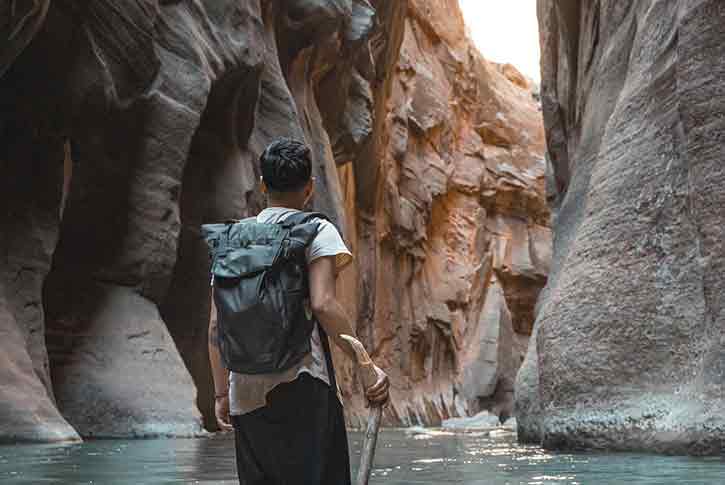
The Narrows at Zion National Park is a famous hiking spot among tourists. With the slot canyon walls soaring about 1500 ft overhead, The hike is one of the most unique and fun things to do here, against the rushing 50° water of the Virgin River.
The red canyon walls stretch high above on each side; many hikers stop 1-2 miles in at Wall Street; since it’s an out-and-back, you can choose to turn back at any point. Don’t forget to pack enough supplies to eat and drink to make it a full-day, 10-mile trek all the way to Big Springs.
7. Angels Landing
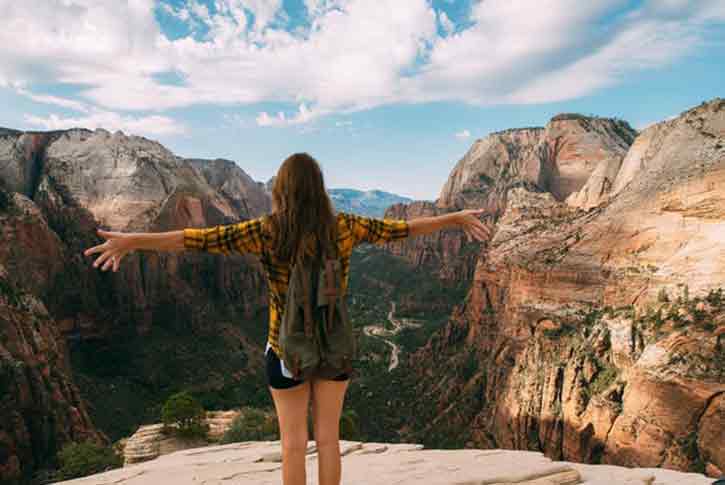
The incredible views and crazy memories make the 1,400 ft drops slightly more tolerable on either side of you. Angel’s Landing Hike in Zion National Park’s native name is Mukuntuweap, believed to be the most challenging and adventurous hike in the area. The trail downright crazy, death-defying, and is literally carved into rock faces where it feels like hiking with nothing but a chain to hold onto on tiny ledges.
The middle section of the trail is very interesting and dangerous on the same side. The Virgin River looks tiny from this point. Some of the points are only for one-way traffic so be careful if the trail is crowded during your hike.
8. Grand Staircase-Escalante National Monument
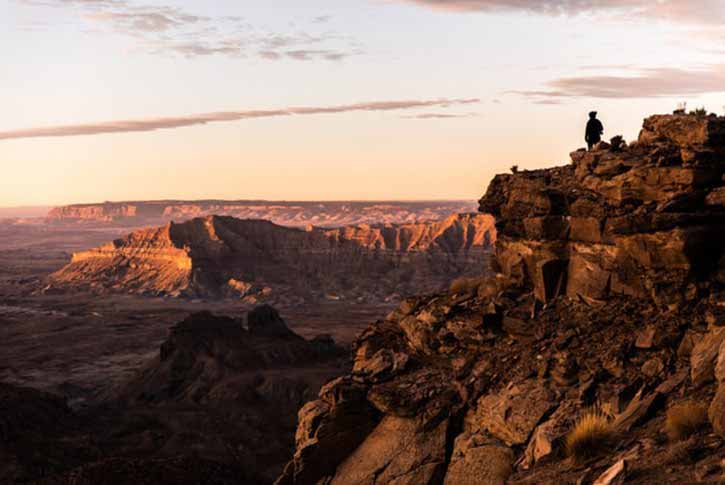
The Grand Staircase–Escalante National Monument was initially designated as a National Monument in 1996. Located in Southern Utah, protecting 1,880,461 acres of land. It requires a good abundance of stamina, with a total length of 11.5 miles roundtrip — with a pretty spectacular payoff.
The size of this monument was reduced by half in 2017 in a succeeding presidential proclamation. Coyote Gulch winds through its red rock backcountry, Stevens Arches Coyote Natural Bridge, Jacob Hamblin Arch, and Crack in the Rock are the main highlights along the way. It’s filled with, most dramatic and wildest terrain you can find anywhere else.
9. Deer Valley Resort
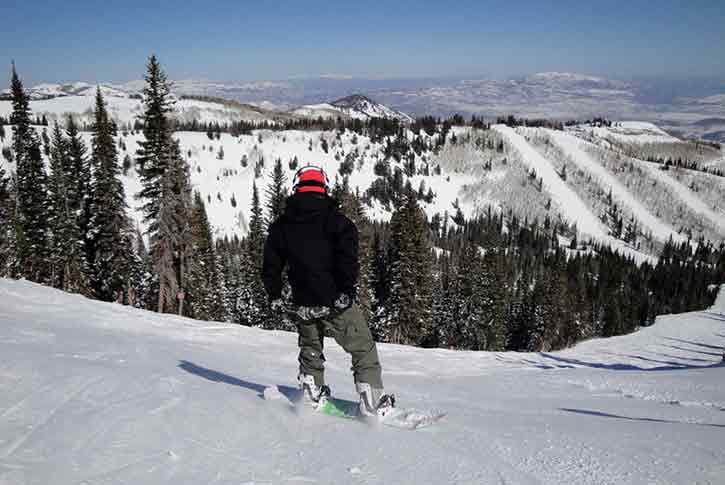
The upscale atmosphere and elegant mountain ambiance make Deer Valley Resort the most renowned for the quality of its meticulously groomed runs. The powder and tree skiing for expert and advanced skiers is superb. Deer Valley’s proximity to Park City’s vibrant dining and nightlife scene makes it a worthwhile vacation destination.
Deer Valley experience can best be described as seamless for its well-groomed ski trails and high-speed lifts. This resort never feels crowded, so the lines for tickets are seldom long if you arrive early. The dining options and delicious food is terrific, which can easily tempt many skiers off the slopes.
10. Dead Horse Point State Park
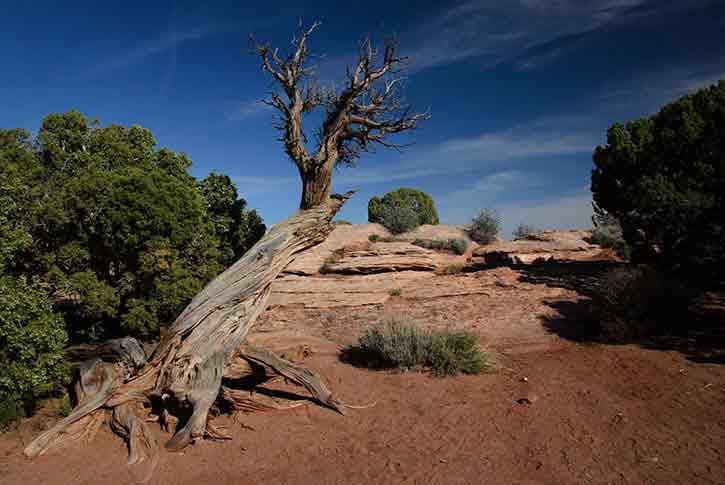
Dead Horse Point State Park is the main overlook, a total gem, and going here for sunset is an absolute must when you visit Moab, Utah. Moab is home to two national parks, Arches and Canyonlands. It’s about a 45-minute drive to get here from downtown Moab, located 30 minutes away from arches national park. If you’re interested in hiking, a rim loop trail extended across a 5-mile loop that follows the Canyon’s rim offering spectacular views throughout the hike.
You can also choose to make the west or east edge trails which are relatively more straightforward. You can also hang around and click pictures of the beautiful sunset when the canyons come to life and the most iconic panoramic canyon-lands. Originated in the 19th century, The legend of dead horse point, when a herd of a horse was driven down to the peninsula’s neck, was stranded and left to die.
11. Park City Mountain

“The Greatest Snow on Earth “is Utah’s best-known ski town and is one of the best-preserved mining towns in the U.S. Park City offers attractions for everyone, from its diverse lodging options to top-notch dining experiences.
If you ever visit Park City, treat yourself to a snowmobile ride, an adventure on the slopes, or just a hot chocolate by the fire at a resort. With that being said, free downtown trolley runs up and down and everything around this historic mining town is wonderful for people of every age. Park City is perfect base for big-time adventure and boasts small-community feel.
12. Delicate Arch
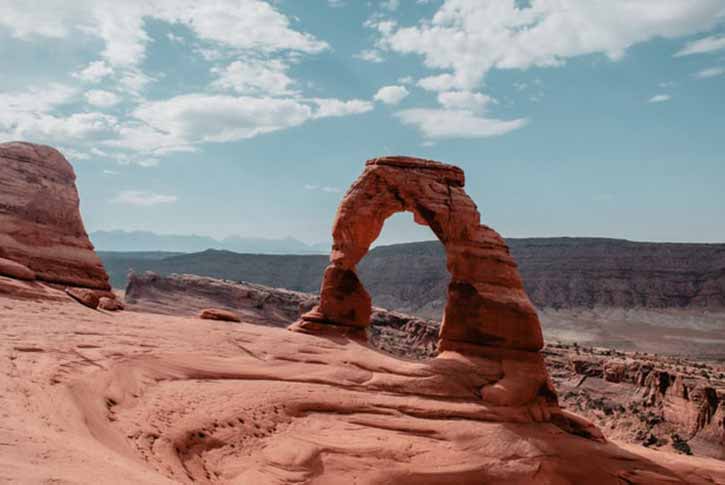
A weird, lovely, fantastic object out of nature, a symbol of Utah, Delicate Arch has the curious ability to remind us about sunlight and wind, rocks, and wilderness. A lifelong goal for many travelers and a spectacular example of the power of erosion. The Delicate Arch Viewpoint road was opened in the spring of 1948 and paved in 1995.
Visitors hike up the steep every year on the deceivingly difficult trail to Delicate Arch. Frame Arch is another natural wonder along the way, also called Twisted Donut Arch. Delicate Arch is really worth the hike and the breathtaking views along the way are phenomenal which makes the hike plausibly the most attractive one.
13. Temple Square
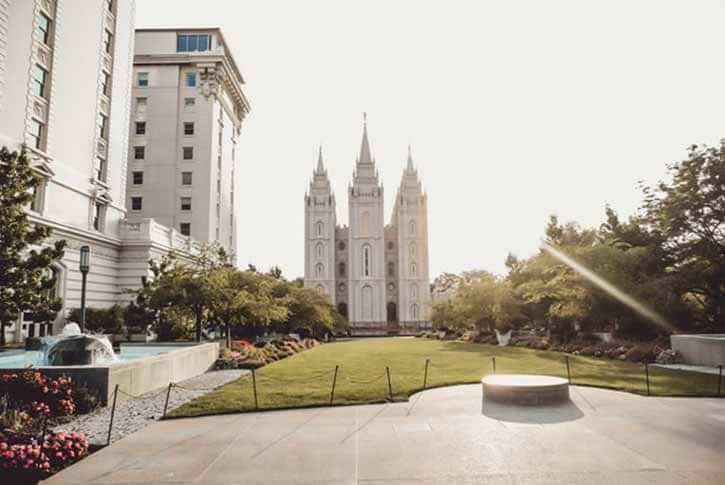
Often termed as picturesque imagination. A reflection pool sitting outside the building adds more beauty to the already lovely gardens surrounding the area. Temple Square is the world’s largest Mormon temple, the 210-foot-tall Salt Lake Temple. It took years to build this square with granite edifice in a neo-Gothic style, to 1893.
Impressive six-spire structure with six feet thick at the top and nine feet thick at the base serves as a universal icon of the Mormon Church. At the end of the visit, Temple square will give you a feel of peace and joy especially in the summers, the gardens, and its flowers gives an eye-popping effect.
14. BLM Visitor Center
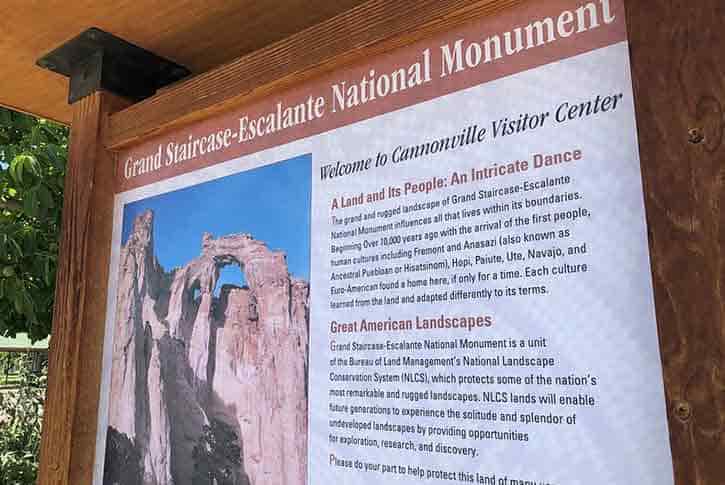
BLM Visitor Center, also known as Cannonville Visitor Center, interprets the human and Grand Staircase-Escalante region’s geology. The Canyonville Visitor Center sits on the backcountry route and north end of Cottonwood Canyon Road. This center provides weather and road reports and hiking recommendations.
BLM also offers interpretive displays on human geography, and it was named after Mormon leader George Q. Cannon. An ethno botanical garden outside the visitor center to showcase the artifacts inside tell the story of Paiute Indians in southern Utah and 19th-century agricultural practices. it is well worth the effort according to the travelers and hikers but still not frequently explored.
15. Colorado Plateau
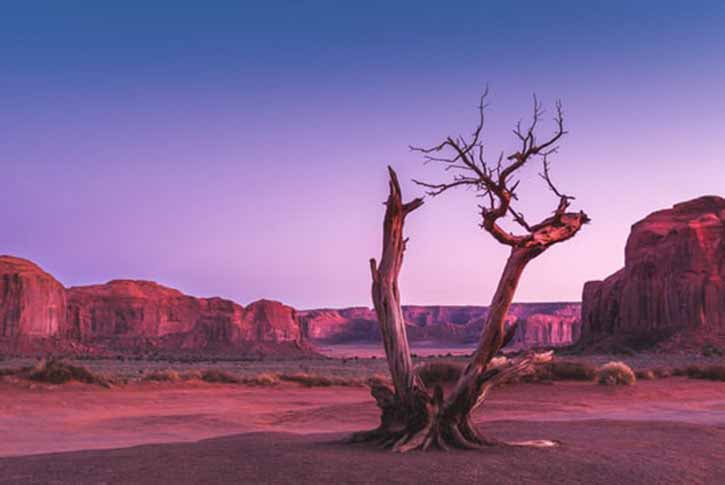
In the Earth Middle Ages, the Colorado Plateau area was eroded and elevated and now encompassed approximately 140,000 square miles. It is located in the Four Corners Regions of Colorado, Utah, New Mexico, and Arizona, including the Colorado River area.
The Colorado Plateau is an absolutely stunning land of scenic beauty full of colors, characterized by deep canyons, mesas, sparsely vegetated plateaus, and barren badlands. The tones of cinder cone volcanoes are an addition it the beauty of the rock formations. The plateau is overlooked by high mountains and the incredible layers are displaying more than billions years of history
16. Cedar Breaks National Monument
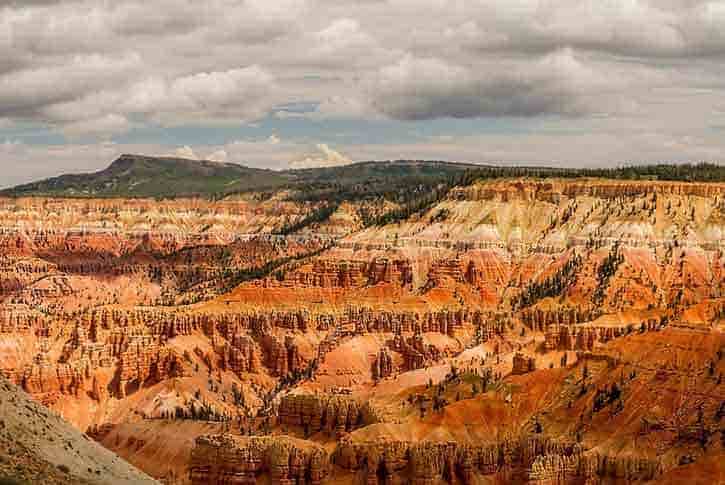
If you’re passing through southern Utah, The half-hour drive off to Cedar Breaks National Monument is worth the effort. When you look down into the beautiful amphitheaters of hoodoos and spires, the views and colors are outstanding, much like neighboring Bryce Canyon, but 2,000 feet higher.
Cedar Breaks’ pillars are carved from limestone, which eroded away, and you may find the brilliant colors to be more dramatic. 60 million years ago, the area was not the highest point, but rather it was the lowest and the bottom of a 70-mile long lake. The sediments became the limestone, siltstone, and sandstone, of the Clarion Lake formation of Cedar Breaks.
17. Landscape Arch
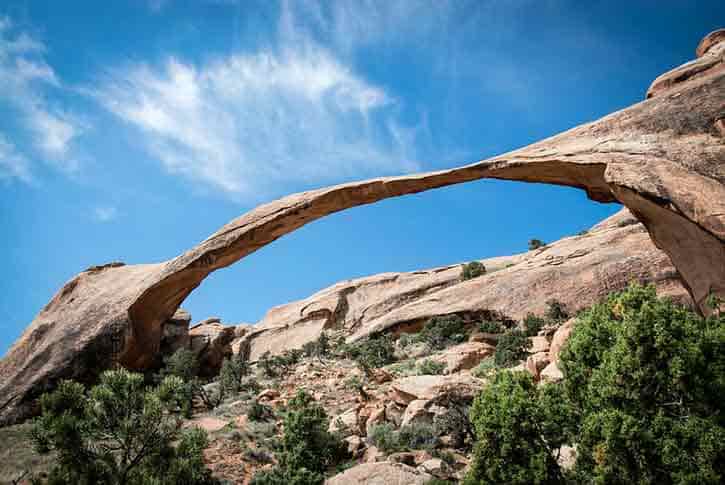
Landscape Arch has over 2,000 arches in the park, and it took 65 million years in the making. These arches emerged from the erosion of salt and sandstone deposits and the uplift of thousand feet of an ancient seabed.
Landscape Arch Trail is a 1.6-mile out-and-back trail that’s relatively flat and a great family-friendly hiking option in Arches National Park. It is the longest arch as it stretches 306 feet across, starts at Devil’s Garden Trailhead, one of the 2,000 arches in the park. Recent hikers described or reviewed the hike as worth the trek and definitely easy, also, warned the trail can get crowded sometimes.
18. Goblin Valley State Park

Goblin Valley State Park is southeast in the middle of Utah. It’s between Green River and Hanksville towns, about an hour from Capitol Reef State Park. It has goblin-shaped formations eroded by sandstone, often referred to as “Hoodoos.” It is indeed an other-worldly experience to hike freely through these formations and one of the designated park trails.
You’ll feel like you’re on planet Mars from the unique geology to the reddish orange-tinted landscape, which has 24 camping sites for an ultimate camping experience. Goblin Valley State Park, is remote but worth visiting, one of the coolest places to visit in Utah.
19. Natural Bridges National Monument
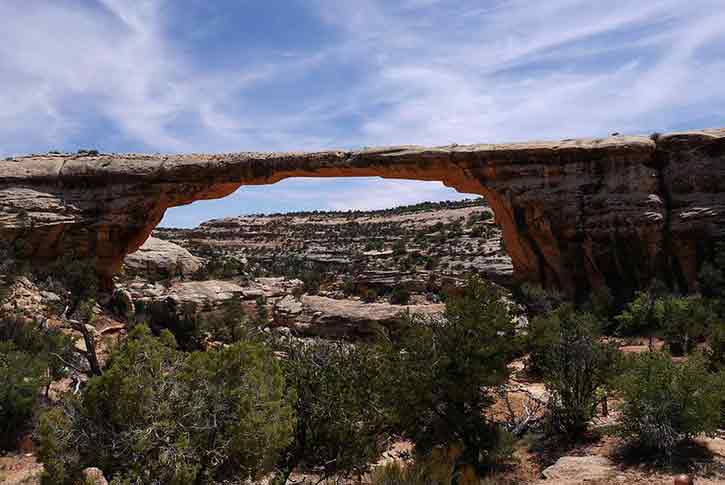
National Bridges National Monument was declared the world’s International Dark Sky Park for its free of pollution and exceptionally dark skies that make it an excellent place for viewing the cosmos. There are trails spread across thousands of miles to explore and hike. There’s a trail according to its visitors’ preferences from rugged slopes or a flat, smooth boardwalk.
It is located in the southwest of Utah, part of the Colorado River drainage west of the US. The Three ENORMOUS bridges are a leading visiting site, carved from the canyon walls by water erosion. This is a great place to visit with kids with several short and long hikes.
20. Snow Canyon State Park
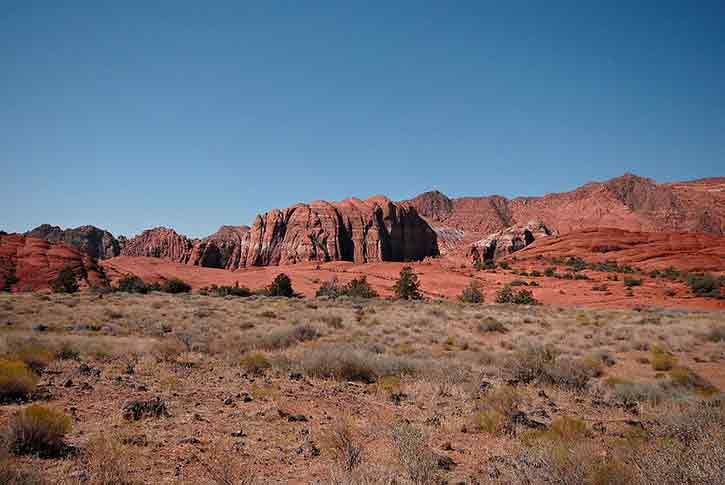
Snow Canyon State Park, Utah, is a hidden gem that offers views of petrified sand dunes and red rocks in contrast to blue-ish green plants and boasts more than 38 miles of hiking trails. Jenny’s Canyon is one of the most talked-about hiking trails in Snow Canyon Park.
It takes 30 minutes or so to hike, but you’ll be talking about it for hours and even months after your trip. Snow Canyon is a small park and isn’t just a standard landscape which is often overlooked because of its close proximity with other national parks, it is definitely worth a visit.
21. Coral Pink Sand Dunes State Park
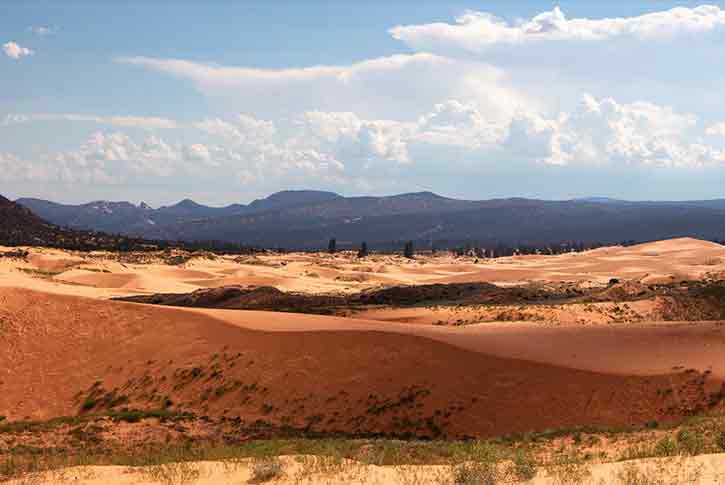
Coral Pink Sand Dunes State Park sits off the beaten path in southern Utah, where sand dunes have an exciting and ongoing story. The sand dunes built over time by the high-velocity winds blowing to the north, carrying sand from the cliffs and later deposited as the winds subside it, lead to the sand dunes’ formation.
At about 6,000 feet of elevation, winters are comparatively mild despite the snow and bitterly cold weather, but the park gets warm in summer, with temperatures quickly reaching the mid-90s Fahrenheit. The best choice for a visit is May, June, September, or October, when it’s delightfully warm during the day and cool at night.
22. Alta Ski Area
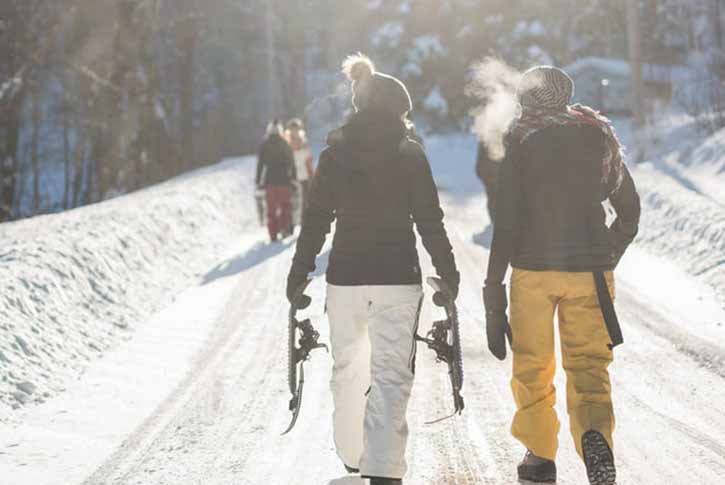
Alta Ski Area is of the country’s first ski resorts discovered in 1938, known as the only ski mountain. Its base 35 miles from Salt Lake International Airport and is at 8,530 feet at the top of Little Cottonwood Canyon, making it slightly closer to the airport than Park City.
Alta Ski Area, easy access from Salt Lake City and is ideal for downhill family adventures, despite its high mountain skiing, with lots of intermediate and beginner terrain, with plenty of lodging options. It has best views that stretch for miles and also, one of the country’s best ski schools.
23. Canyons Village at Park City
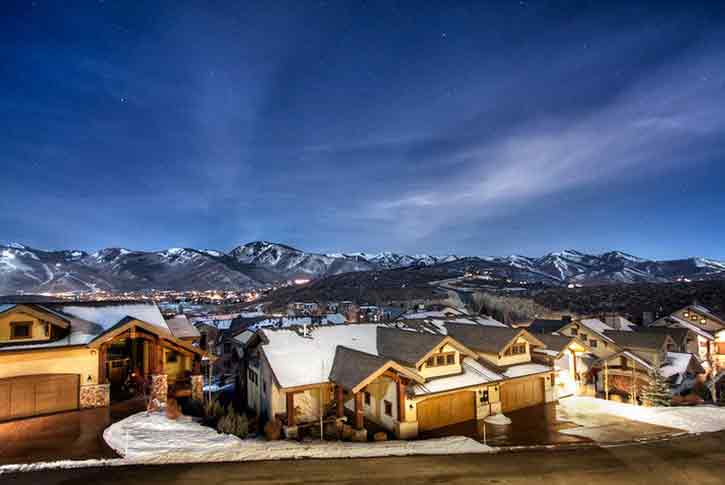
Canyons Village highlighting natural beauty, an assortment of high-end and budget properties, excellent amenities and become a dynamic and rapidly growing destination. To create this ski resort larger than before in North America, Canon Village was recently connected to Park City Mountain.
The Village is home to a beautiful ski beach, where you can catch some chilly air and warm sun, sit back with a warm cup of cocoa and take in the exciting atmosphere while watching the skiers glide down the mountain. If you are in the western part of the Grand Canyon, It is absolutely worthwhile to visit this area.
24. Balanced Rock
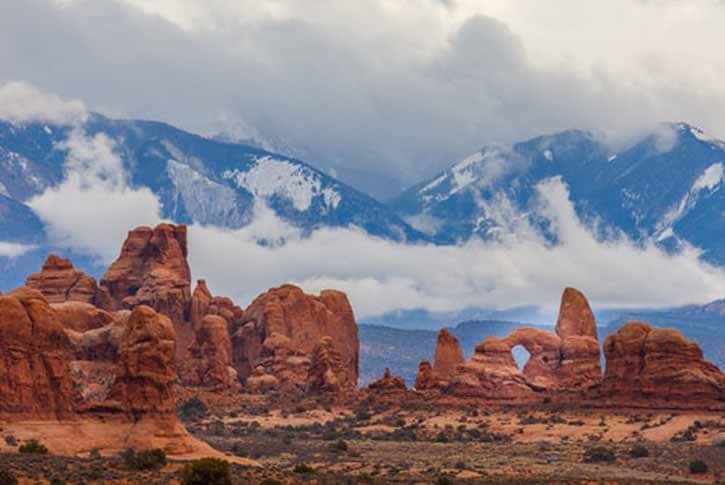
Located in the Santa Monica Mountains, Balanced Rock is a local favorite for hikers, climbers, and photographers in Sandstone Peak’s shadow. It is popular among visitors to get up close and personal with this giant slab of eroded rock.
Standing a staggering 128 feet tall, and weighs about 3,600 ton (over 4 million kg), appears to be an epic balancing act and one of the most iconic features in the Arches National Park. As the profile of the rock shifts dramatically from different angles, the short trek is worth taking. Balanced Rock draw attention of everyone who visits Arches National Park.
25. Red Iguana

Ramon and Maria Cardenas proudly started this restaurant over forty years ago, created recipes and dishes as delicious expressions of their cultural background, and shared a passion for Mexican cuisine. The Red Iguana restaurant opened its doors in 1985 and serving an eclectic menu full of elevated, authentic Mexican cuisine.
Lots of great food on the menu including rice and beans, The restaurant is clean with good ambiance, fun and colorful atmosphere while the food is served with hustle and bustle. Chips and salsa is free for everyone and no reservations so be prepared to wait in the line.

